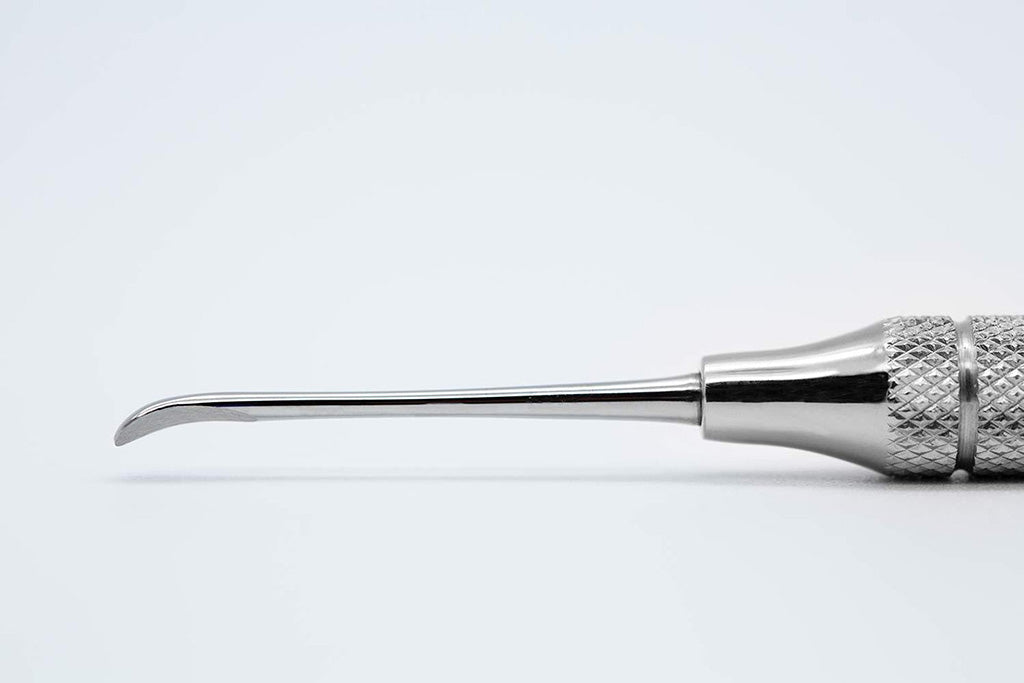

· By Trevor Horne
Elevators Vs. Luxators: What's The Difference?
Two of the most common dental instruments that are used in the extraction of teeth are elevators and luxators. While they generally look the same, there are some key differences between the two that make them unique to certain situations. We are going to look at the differences between elevators vs. luxators and the different situations in which they are used in tooth extraction procedures.
What Are Elevators?
Dental elevators look like luxators but there are some key differences in their design. Elevators tend to be thicker than luxators and feature a shoulder that is slightly bowed. In many cases, the elevators are not as sharp as luxators. While they work the same way i.e, gently prying teeth out of their gum sockets, their design makes them particularly better in certain situations. For example, when extracting a tooth that needs greater force to pull out, elevators work better than luxators. Another key design feature is the reduced sharpness as compared with luxators. Elevators also tend to rely on tearing ligaments in order to free the tooth, making them particularly suitable for dentists who are less familiar with recommended tooth extraction techniques.
Wings Vs. Non-Winged Elevators
Broadly speaking, there are two types of elevators namely winged and non-winged elevators. Wing elevators have a curved cusp whose purpose is to grip the target tooth secularly, making it unlikely that it will slip during elevation. Non-winged elevators do not have this cusp. The choice of whether to use a winged or non-winged elevator tends to be a personal choice. While most dentists tend to use winged elevators, non-winged variants work just as well. One of the things to note however is that the right size of a winged elevator must always be used. This is because if the elevator is not of the right size, the cusp tends to crush tissue and bone material surrounding the target tooth. This in turn creates more injury than necessary thus increasing the risk of infection.
Luxators
Dental luxators on the other hand tend to be slimmer and longer, a feature that allows them to have a sharper edge. While the elevators tear through the ligament, luxators tend to rely on their sharper edge to cut through the tissue. The thin design also makes them very suitable for working in tight spaces of the mouth. They are also designed to work in a rotational way that further enhances their ability to work in hard-to-reach spaces.
Which One to Use
As you may have already deduced, the choice of which of the instruments to use comes down to personal preferences and circumstances. For example, dentists who use aggressive approaches in tooth extraction, or those who frequently remove buccal bone matter prefer to use elevators thanks to their thicker and stronger frames. In many cases, however, dentists and veterinarians will tend to have both instruments and switch from one to the other depending on the nature of the extraction.
